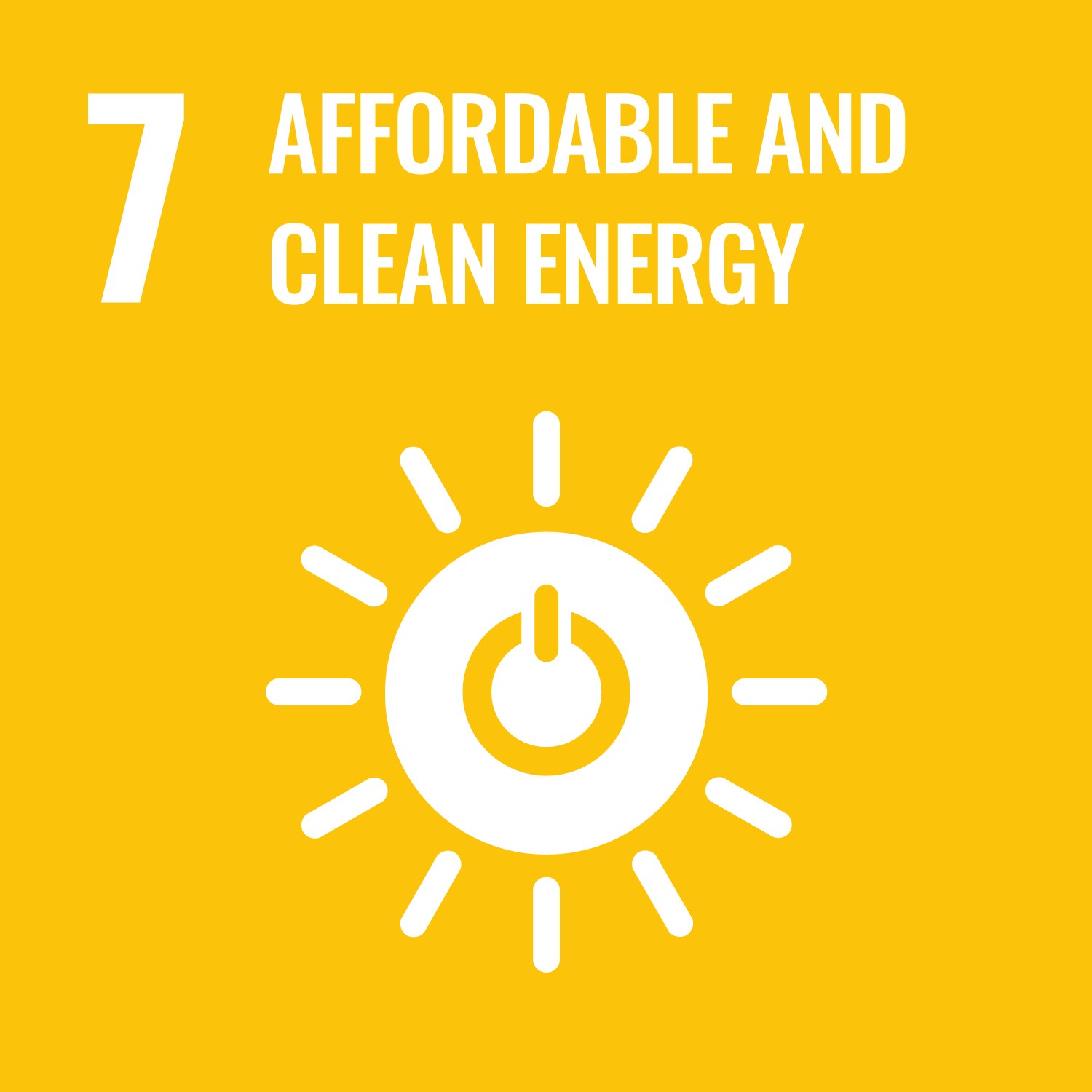Desai, P. orcid.org/0000-0001-5266-0359, Taylor, S.F.R., Jaquemin, J. orcid.org/0000-0002-4178-8629 et al. (2 more authors) (2025) The effect of staging of fluidic oscillation on microbubble generation in viscous liquids. The European Physical Journal Special Topics. ISSN: 1951-6355
Abstract
Microbubbles are broadly defined as gas–liquid interfaces smaller than 1 mm and larger than 1 μm. Conventional modes of microbubble generation (ultrasound, ablative technologies, and electrolytic mechanisms) requires large amounts of energy and generate a wide distribution of microbubbles. Fluidic oscillation is an energy-efficient technique used for microbubble generation capable of generating a fairly monodisperse population of microbubbles compared to conventional bubbling. This study hypothesises that partial liquid wetting of membrane pores further benefits microbubble production. The partial liquid wetting can be introduced by utilising the ‘off’ portion of the fluidic oscillator, resulting in liquid imbibition. This liquid imbibition temporarily changes the membrane dynamics with intrapore wetting by the liquid. Therefore, using steady flow immediately after this operation would result in a similar behaviour (smaller bubble size) temporarily. This results in an interesting interplay between the two conditions—conventional bubbling (steady flow) and oscillatory flow, thereby presenting an intermediate condition with an associated reduction in bubble size when staged appropriately, i.e., for steady flow bubbling post-fluidic oscillator application. The resultant average bubble size is 25% lower than the steady flow bubbling prior to fluidic oscillation application but is dependent on physico-chemical properties: primarily viscosity and wetting angle. An intermediary condition is set based on the staging resulting in a 25–50% reduction in bubble size from steady-flow dynamics post-application of the oscillatory flow.
Metadata
| Item Type: | Article |
|---|---|
| Authors/Creators: |
|
| Copyright, Publisher and Additional Information: | © The Author(s) 2025. Open Access: This article is licensed under a Creative Commons Attribution 4.0 International License, which permits use, sharing, adaptation, distribution and reproduction in any medium or format, as long as you give appropriate credit to the original author(s) and the source, provide a link to the Creative Commons licence, and indicate if changes were made. The images or other third party material in this article are included in the article's Creative Commons licence, unless indicated otherwise in a credit line to the material. If material is not included in the article's Creative Commons licence and your intended use is not permitted by statutory regulation or exceeds the permitted use, you will need to obtain permission directly from the copyright holder. To view a copy of this licence, visit http://creativecommons.org/licenses/by/4.0/. |
| Keywords: | Mathematical Sciences; Physical Sciences; Affordable and Clean Energy |
| Dates: |
|
| Institution: | The University of Sheffield |
| Academic Units: | The University of Sheffield > Faculty of Engineering (Sheffield) > School of Chemical, Materials and Biological Engineering |
| Funding Information: | Funder Grant number Engineering and Physical Sciences Research Council EP/K001329/1 |
| Date Deposited: | 08 Oct 2025 09:39 |
| Last Modified: | 08 Oct 2025 09:39 |
| Status: | Published online |
| Publisher: | Springer Science and Business Media LLC |
| Refereed: | Yes |
| Identification Number: | 10.1140/epjs/s11734-025-01927-y |
| Sustainable Development Goals: | |
| Open Archives Initiative ID (OAI ID): | oai:eprints.whiterose.ac.uk:232668 |


 CORE (COnnecting REpositories)
CORE (COnnecting REpositories) CORE (COnnecting REpositories)
CORE (COnnecting REpositories)